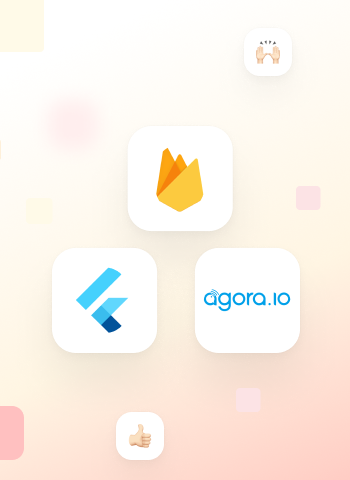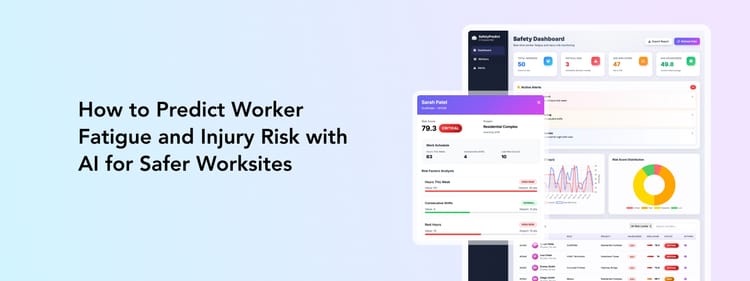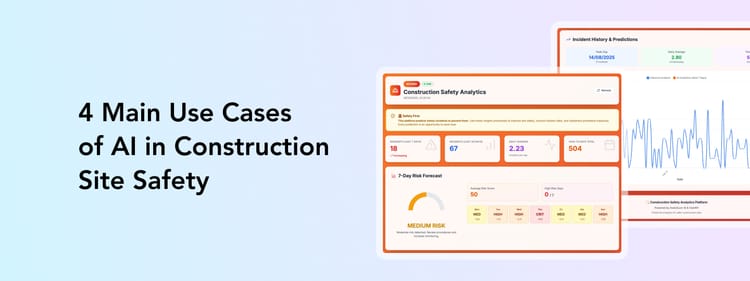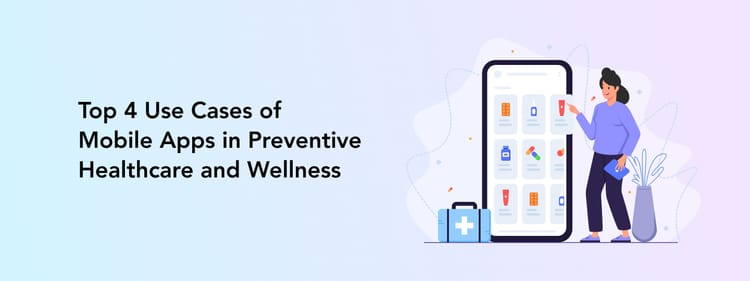It’s no secret – any new process can be a bit confusing. When collaborating with a mobile development company for the first time, it’s ok to have questions. For example: Which information should you provide? When will you receive a budget evaluation? How do you track progress? Don’t worry! We are here to explain every step of our work process and, hopefully, make things clearer for you.
Step 1: Details, details, details
Suppose you approach Perpetio looking for mobile development services. Where do we start? Of course, we first gather as much information about the future project as possible. We’ll arrange an initial intro call to learn about your idea and see how our team can help you.
Okay, but what if you’re already in the stages of app development when you contact us? That’s great, too! While some clients have prepared documentation, others only have a vague idea of what they want to see – and both cases are welcome. Our job is to suggest the most appropriate methods and tools for your project no matter what stage you’re in. We can even engage our experts, be it a UI/UX designer, a developer, or a QA specialist, to offer advice on the best approach for reaching your outlined goal. It's also the time when the role of business analysis in app development is crucial: a professional BA can analyze the market, determine your competitive advantage, and build an effective product concept.
During our initial discussion, we ask many questions to gain a clear picture of the task ahead. Some might include:
- Which platforms should the app support? Should it be iOS, Android, or both?
- Do we need to work on the backend as well?
- Is there a precise delivery date?
- Do you have a preferred tech stack?
- Is there a design ready?
- And others, depending on the project.
Don’t worry, we will ensure all shared information is confidential by signing a mutual non-disclosure agreement.

Step 2: May we propose a perfect fit for your app?
After collecting the needed data via calls and documentation, it’s time to compile the proposal. The proposal is a document that lists and describes all details of the future collaboration, from technical requirements and design concepts to deadlines and budgets.
The account manager sits down with our team to evaluate the efforts required to complete the project. As a result, we can tell you how much time the team will need to finalize each task, as well as how many people it will take depending on your deadline. A proposal also includes an approximate hourly breakdown and budget with the number of hours needed to finish each subtask. Why approximate? We will explain this part a bit later.
When it comes to budgets, we offer two models for you to choose from: fixed-price or hourly rate. A fixed-price budget allows you to pay for the overall project based on the requirements mentioned in the contract. This approach is a good option if you have exact specifications and a small scope of work to complete.
As for the hourly rate budget, this model is pretty self-explanatory. This approach works well for larger projects as it grants flexibility — you’ll have more opportunities to submit change requests and increased control over the process.
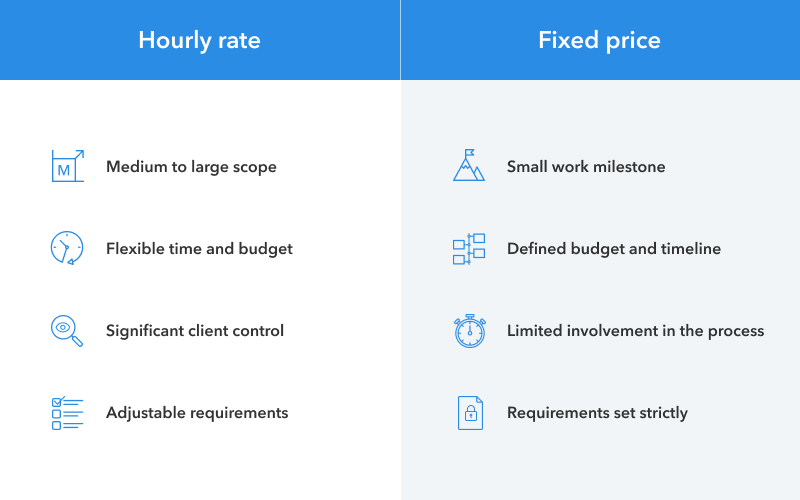
After sending our proposal, we wait for your feedback and will modify the offer according to your comments. This is the prime time for making suggestions and clarifications as we can easily change the requirements without influencing the workflow and, as a result, the budget. No one likes to spend more money than planned, so it’s best to make all vital decisions during the proposal stage.
Step 3: Now – it’s official
So, the proposal looks good and you’ve confirmed it! Is it time for our sales team to chill a bit? Well, not yet. After the proposal, you’ll sign a contract with us — a step that truly defines the workflow.
Usually, the contract is similar to the latest version of the proposal but in the form of an official document. The main difference is, a proposal is more of a clear presentation listing what we offer while the contract reinforces all the agreements between you and Perpetio.
One of the essential arrangements listed in the contract is the budget. It is critical to understand that the amount listed is not always a fixed or unchangeable sum of money. Why? There are two main reasons.
First, it might be difficult to predict the exact resources needed for developing the project before designing the solution. That’s why we implement one more round of estimations after the design stage. We can tell you precisely how much time our development team would need to build the app. Using this approach, we can confirm whether the initial evaluation aligns with the efforts needed to implement the design. This step helps us manage the possible risks and ensures transparency, so there won’t be any surprises later on.
Second, many of our clients are non-techies so it might be hard for them to give exact technical requirements from the beginning. Again, we are always ready to guide you through all possible options and help you make the best decisions, but some things may not be super-clear at first, like the difference between hybrid and native apps. You can count on us for a free consultation on all those nuances.
So, the contract is signed – what’s next? After receiving a prepayment to confirm the collaboration, it’s time to kick off the work. Our sales and project management teams carefully implement the work and resources for this particular project. For instance, this is when we choose which exact specialists will undertake the task.
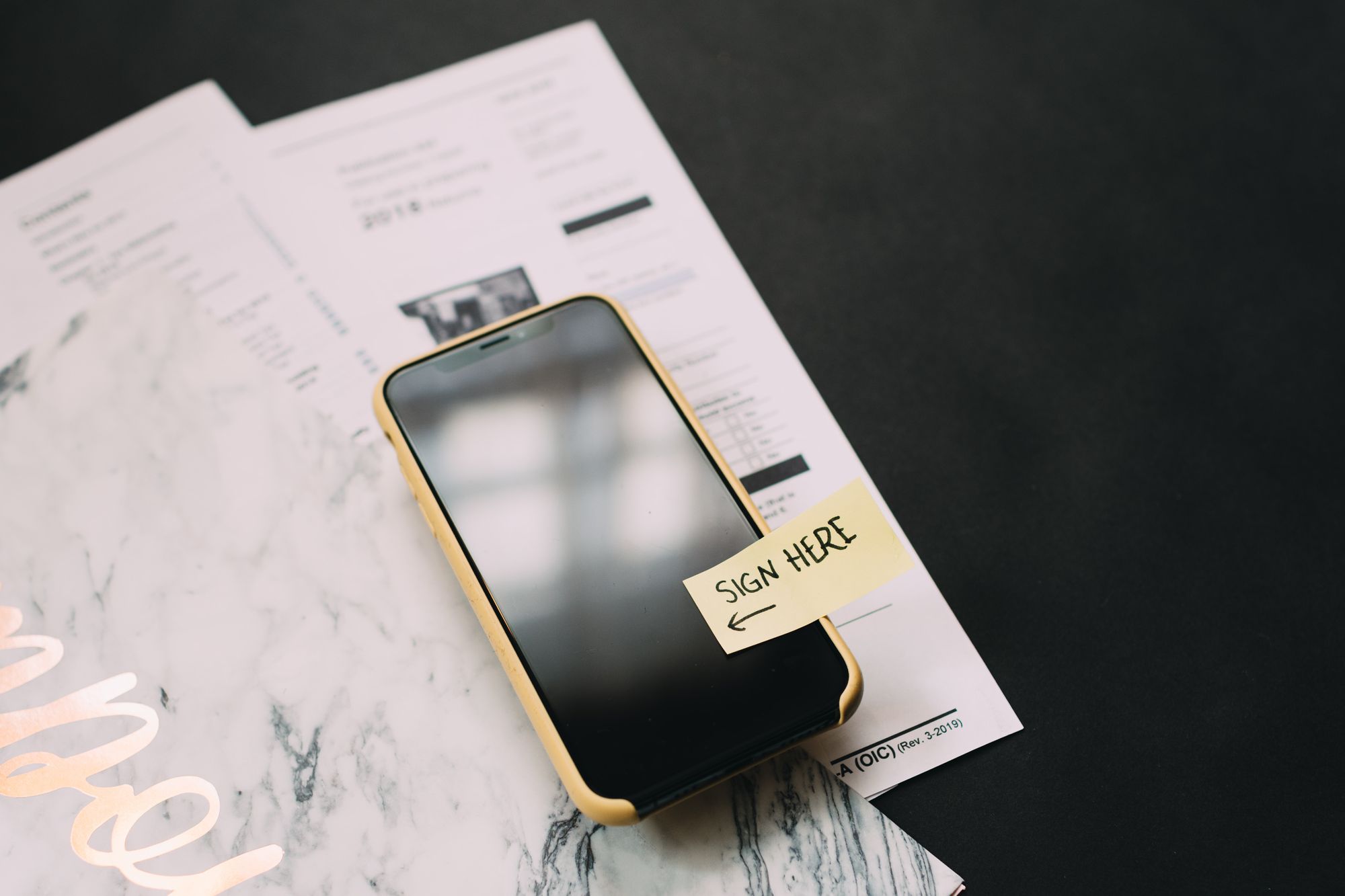
Step 4: Time to get creative
Finally, it’s time to dive into the work! We’ll start by arranging a call to collaborate with you, usually engaging the project’s designer. During the design stage, we will discuss a few steps:

- Research and creating mood boards. We’ll understand the market needs and determine your product’s competitive advantage.
- Drafting the UX. The UX design defines the logic behind the solution and outlines how the app will work. This step starts with laying out the information architecture, meaning the designer will decide on how to structure and present the app’s data. Next, we’ll create a user journey map to visualize how the user will perceive this information. Then, based on the map, our designers will make the wireframes or, in other words, the scheme of your app.
- Testing the wireframes. If needed, the wireframes are tested with the help of the target audience or special web apps. Usually, we invite users to real-life or online meetings and let them play around with the future app, then share their impressions.
- Creating the UI design. After clarifying how the app works, it’s time to add a little color and style.
- Testing the UI. And again, if necessary, we’ll test the app’s UI to see how real users interact with it and which emotions the design evokes.
As we work through these steps, you are able to make change requests to adapt the design according to your vision. Usually, a design goes through several review iterations and allows you to change things up as needed. For example, the design team might consider how to personalize your app. Still, it is best to discuss as much of this as possible at the beginning of the process. The later a change is made, the more it costs in terms of effort, time, and, obviously, money.
Once these design steps are in place, it is easy to evaluate how much time our developers will need and give you an exact estimate. After the evaluation is finished, any change to the plan will impact the process and shift the timeline.

Step 5: Rolling out your competitive product
After designing the app and ensuring you are happy with the UX and UI, we can start building the solution. By this time, the tasks are clearly defined and distributed between the developers. You’ll receive regular progress reports and have access to our project management information.
The last step before winding down the project is proper testing. We always discuss beforehand which devices will be used in the testing process. Our QA team examines the app’s usability, performance, and compatibility. Testing is as essential as any other step — it helps ensure the app functions perfectly and there are no bugs.
Working the Perpetio way
We base every interaction with our clients on four principles:
- Personalization
No two projects are the same — each client we work with has a unique vision of their product and goals. Our team dedicates time to researching and analyzing your business needs to create a truly suitable solution.
- Transparent process
No hidden costs, no overly complicated documents, no postponed deadlines — you know about each step of our work and receive updates as we go. We stick to the promises made and stay as close to the contract estimations listed as possible, unless there are change requests. You can always ask about any detail: we take responsibility for each decision and remain transparent along the way.
- Constant Communication
You don’t have to wait two days for a reply — we have a dedicated sales team that oversees timely and effective communication in any form you prefer, be it calls, reports, or Jira tracking. We always reply promptly and arrange calls as often as you need.
Do you have any questions concerning our process or feel it’s time to launch a new project? Drop us a line — we will be happy to assist you!


